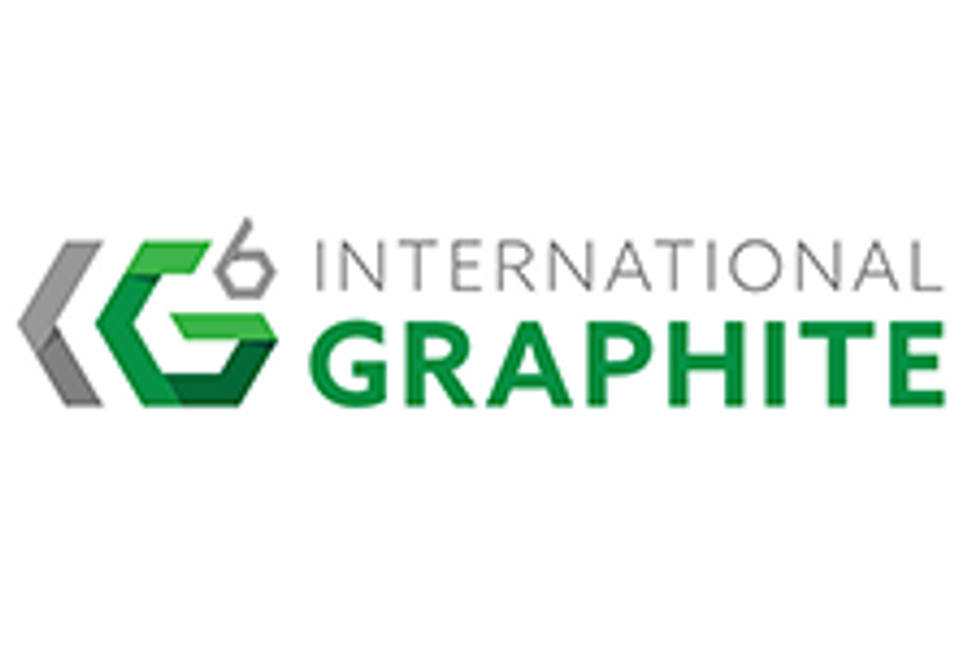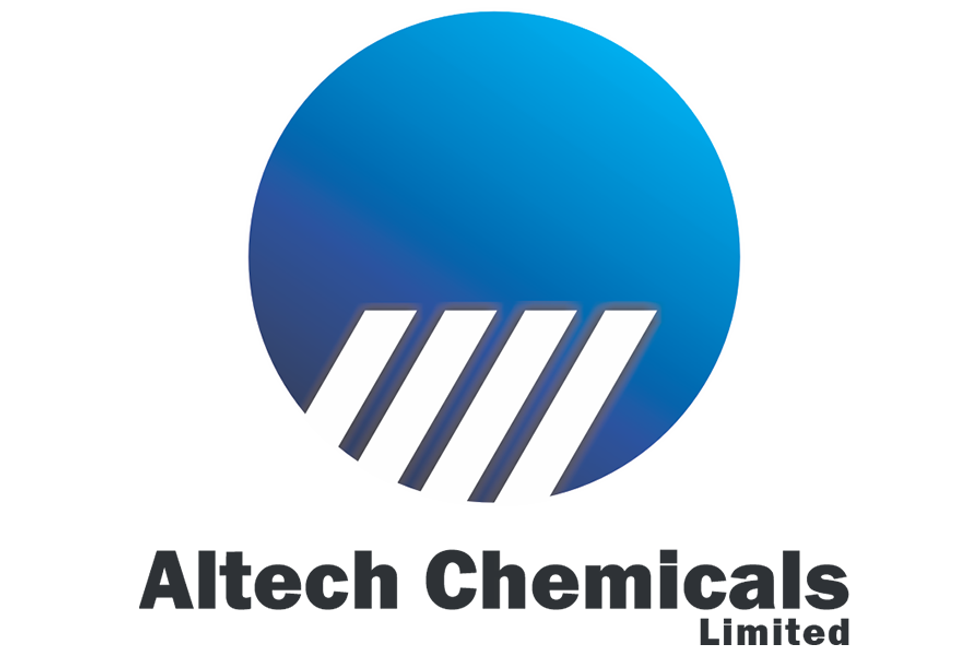Bruce Coventry: Segmentation on the Horizon for the Graphite Market

INN recently caught up with Bruce Coventry, COO of Android Industries and director of Canada Carbon, after his return from opening up a Toyota plant in Istanbul.
Most commentary has come from miners and analysts in the market, but what do battery manufacturers think? To get a bit more insight into the end-user view of the battery space, the Investing News Network spoke with Bruce Coventry, COO of Android Industries and director of Canada Carbon (TSXV:CCB).
Coventry has over 40 years of experience in the automotive sector. As he explained, his current company is a contract assembler for the industry, much like Foxconn is for Apple (NASDAQ:AAPL) and other companies in the tech space. Previously, he’s also served as VP of operations at Electrovaya (TSX:EFL), a lithium-ion battery manufacturer in Ontario, and as a VP responsible for the electric vehicle program at Chrysler (NYSE:FCAU).
Certainly, Coventry has plenty to offer in the way of a view to the other side of the lithium-ion battery market and what it means for the graphite. He discussed a number of topics, but overall, he stressed the importance of segmentation in the graphite market, with nominal purity producers remaining under pressure while high-purity products attract a premium price.
Battery market misconceptions
When asked what most market watchers are missing when it comes to battery space, Coventry pointed to what he sees as “serious overcapacity” in the battery market.
“There’s been so much talk and a lot of hype around the Tesla gigafactory. And the whole idea there is to drive prices down to an affordable level for auto manufacturers,” he said. “The big issue with lithium-ion batteries of course, is with a multitude of manufacturers, nobody’s getting real scale right now. And of course, the electric vehicle market has come later than expected and at lower volumes than expected.”
Larger scale operations are needed, but with the exception of Tesla, Coventry pointed out that most major auto manufacturers are not looking to solve the problem by making their own lithium-ion batteries. Rather than build a factory themselves, they’re looking for suppliers to buy from on a large scale basis.
“The automotive OEMs are all built on scale, and trying to reduce the overall cost of the battery is something that would be very highly needed,” he said. Currently, most US automakers are getting their batteries from companies in Japan and Korea, such as LG Chem (KRX:051910) and Panasonic (TYO:6752).
China key to battery demand
Meanwhile, Coventry stated that China has far surpassed industry expectations as a source of demand for the electric vehicle market.
“The auto industry expected China to become a serious player, but I don’t think that they anticipated so great an increase,” he explained. “If you look at where China has been for the last four years, they’ve been the largest automotive market in the world. And they’re providing substantial electric vehicle subsidies.”
Certainly, air pollution is a growing concern in China, so there’s a large incentive to get more electric vehicles on the road and less internal combustion engines out there. Looking at factories in the country, Coventry sees “a lot of money being offered to producers of batteries in China.”
However, he doesn’t think that graphite purity in China is higher than it is in Sri Lanka, or in some of the graphite mines being developed in Canada, which could be holding Chinese battery makers back from creating better batteries.
Does that mean that China will need to import higher purity graphite down the road? “It depends,” Coventry said. “They’re supporting their market right now, but their batteries are not at the cutting edge. Again, the holy grail of batteries is higher energy density and lower weight.”
Graphite market segmentation
In that vein, another theme that Coventry highlighted was the importance of differentiating high-purity graphite from lower purity graphite products. He predicted that segmentation and price differences between very high quality and lower quality graphite would become more pronounced over time.
“I think what you will see is a segmentation, where you’ll get synthetic graphite and low cost natural graphite going to the battery market, and the high purity graphite is going to go to probably nuclear and other electronic applications, and maybe very high specific energy batteries.”
And while it’s been stated that lithium-ion battery makers can afford to absorb a certain amount of price increase for lithium, Coventry says that isn’t the case when it comes to auto makers and raw materials.
“I’ve been involved in the automotive industry for more than 40 years, and what the auto industry does better than any other industry on the planet, is drive commodity pricing,” he said. “We will always try to reduce the cost of components, specifically raw components. That’s why I see this segmentation between what I would consider a normal purity, or nominal purity graphite, compared to a very high purity graphite.”
Coventry predicts that prices for niche, high-purity graphite products will be protected, but sees a lot of pressure on the remaining graphite industry around lower prices.
Natural graphite coming into favor?
Interestingly, in a bid to lower costs, Coventry sees more and more battery manufacturers willing to look at natural graphite for battery anodes. “In the past, they would strictly look at synthetic material for batteries,” he said. “Now, they’re starting to open up more [to natural graphite], because it offers the opportunity to reduce cost.”
While most batteries use synthetic graphite today, Coventry stressed that cost reduction reigns supreme for battery manufacturers. “I think that as the purity improves, and as the costs are coming down, it becomes much more attractive for battery manufacturers to consider natural graphite, as opposed to synthetic,” he stated.
The importance of high purity graphite
As mentioned above, Coventry is both an automotive industry veteran and a board member of Canada Carbon, a graphite focused exploration company with three strategic properties in Quebec.
What drew Coventry to a graphite company? “It’s an area that has always fascinated me,” he said. “With the automotive background I have, it went well with the kind of resources that we have in the company. It’s a small but very active board, and we have outstanding people.”
However, it was the exceptionally high-purity graphite at Canada Carbon’s Miller graphite property that initially attracted Coventry to the company. “We’re very fortunate to have a very high purity product,” he said.
Canada Carbon released results of a preliminary economic assessment for the Miller project in March, outlining a small operating to start in which Miller would produce 1,500 tonnes of specialty high-purity graphite product per year, along with 150,000 tonnes of architectural marble.
Certainly, Coventry’s thoughts on the importance of graphite purity provide food for thought for investors looking at the space. Those looking at critical metals needed in the electric vehicle sector would be wise to do their due diligence, and to keep the views of end-users in mind.
Don’t forget to follow us @INN_Resource for real-time news updates!
Securities Disclosure: I, Teresa Matich, hold no direct investment interest in any company mentioned in this article.
Editorial Disclosure: The Investing News Network does not guarantee the accuracy or thoroughness of the information reported in the interviews it conducts. The opinions expressed in these interviews do not reflect the opinions of the Investing News Network and do not constitute investment advice. All readers are encouraged to perform their own due diligence.
Canada Carbon is a client of the Investing News Network. This article is not paid for content.





